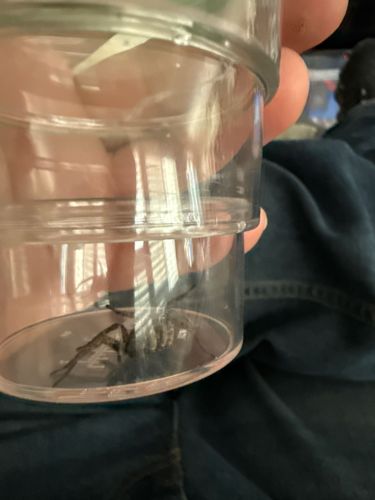Crane Fly
Scientific Name: Tipulidae (various genera and species)
Order & Family: Diptera, Tipulidae
Size: Body length typically 0.4 to 2.4 inches (10-60 mm), with leg spans often much larger.

Natural Habitat
Damp environments, such as forests, meadows, near freshwater sources, and sometimes residential areas (attracted to lights). Larvae live in soil, moss, or aquatic environments.
Diet & Feeding
Adult crane flies generally feed on nectar or decaying plant matter, or do not feed at all during their short adult life. Larvae (leatherjackets) are omnivorous, feeding on decaying organic matter, plant roots, and sometimes small invertebrates.
Behavior Patterns
Adult crane flies are clumsy fliers and are typically nocturnal or crepuscular, often attracted to lights. They are harmless. Larvae can sometimes cause minor damage to lawns by feeding on grass roots.
Risks & Benefits
Crane flies pose no direct risks to humans. They do not bite or sting. In some cases, their larvae can be considered agricultural pests due to root damage to turfgrass and crops. As benefits, adult crane flies can act as pollinators to a small degree, and larvae serve as a food source for birds, small mammals, and predatory insects, contributing to the food chain.
Identified on: 10/30/2025